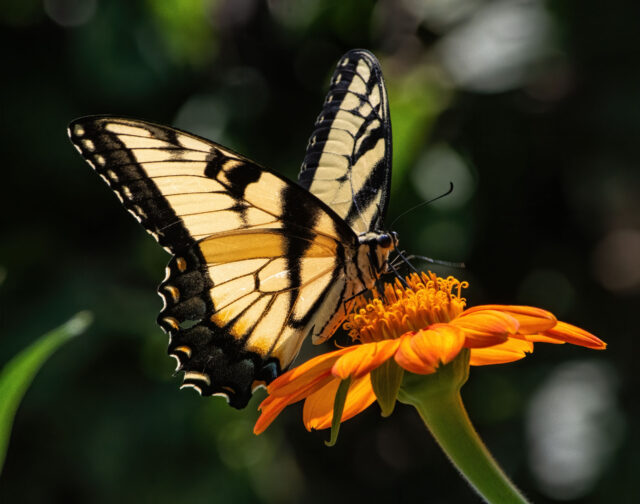
Butterflies are plentiful right now. Here are some I spotted in gardens and fields around town.
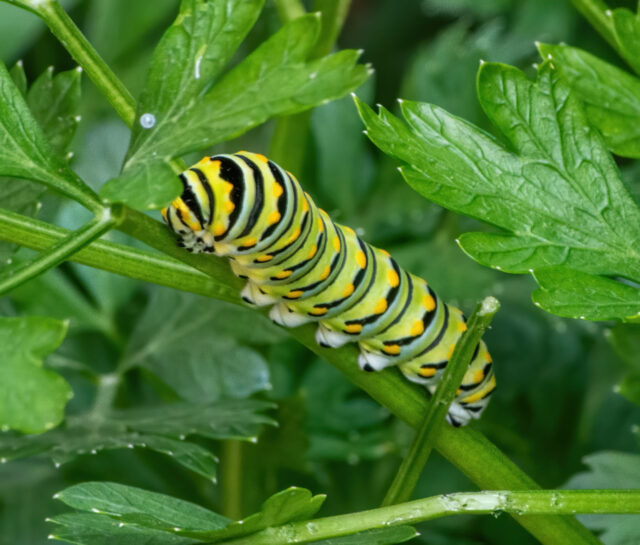
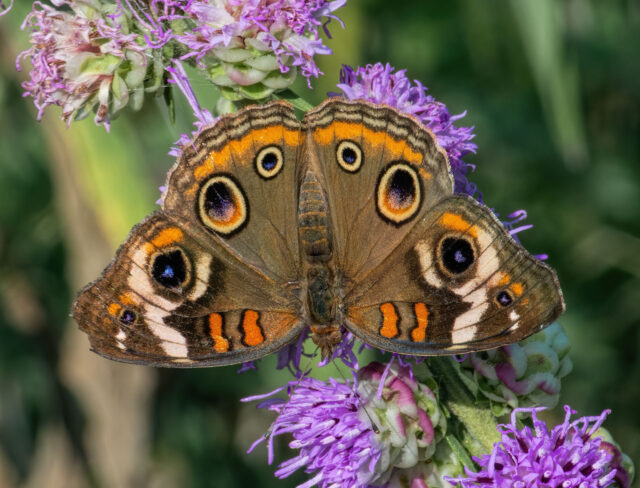
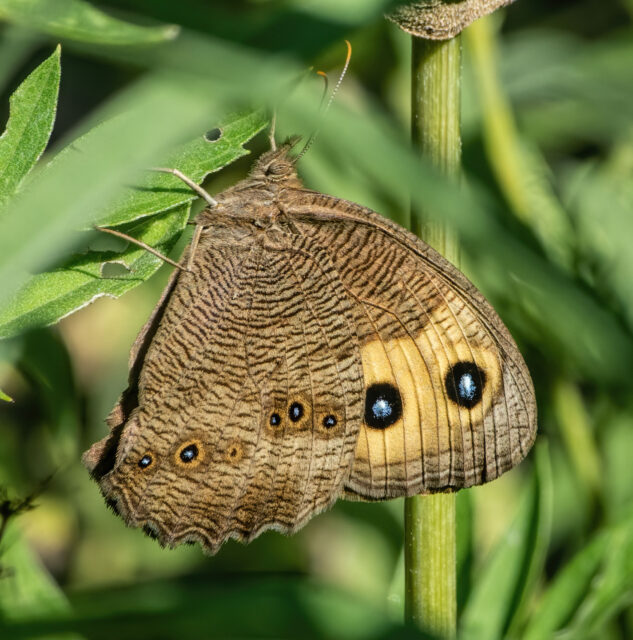
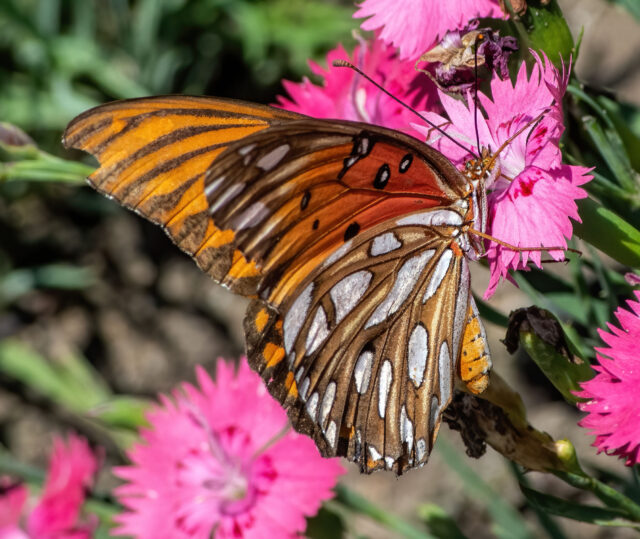
The gulf fritillary supposedly is found mainly in Texas, Florida and the other southeastern states, and it’s usually not included in lists of Kansas butterflies. However, it’s common here, too.
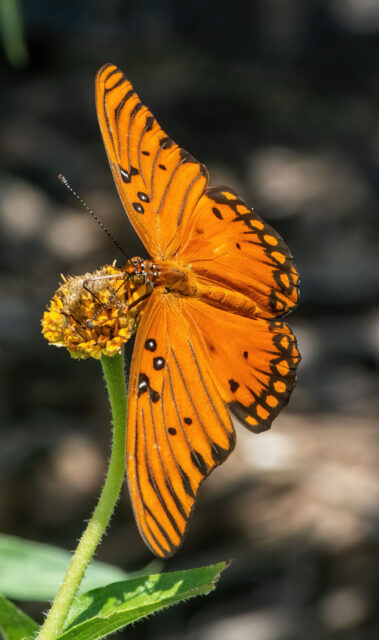
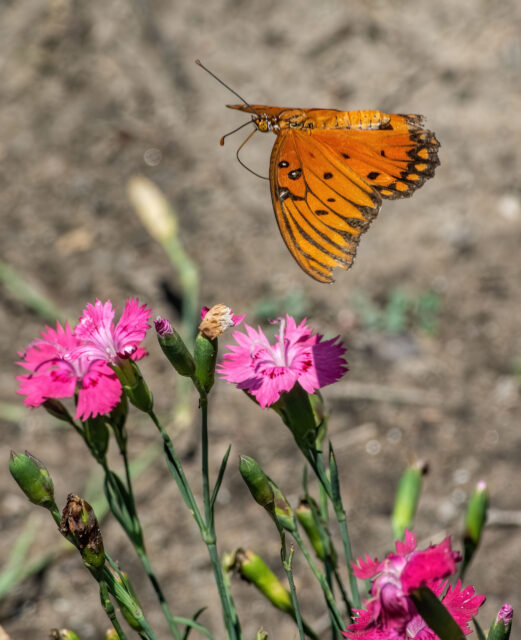
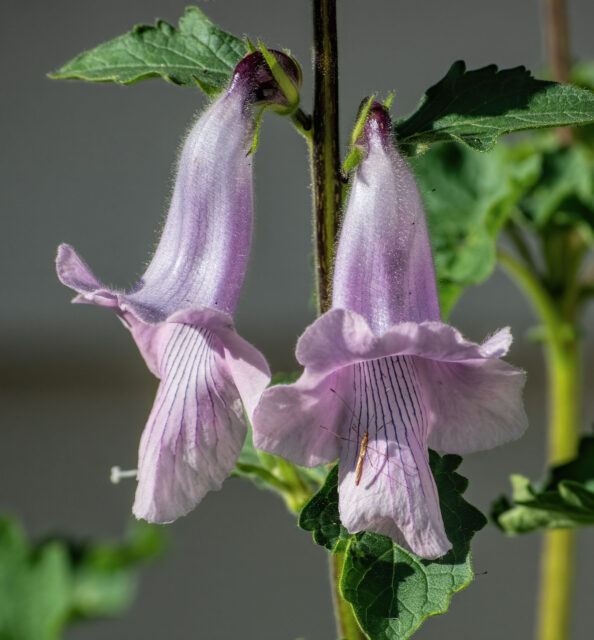
A friend gave me seeds of the African foxglove, Ceratotheca triloba. They were slow to germinate, but once up the plants grew rapidly. Mine are about four feet tall, and I expect they’ll eventually reach six.1 The plants tolerate hot and dry weather well, though they do appreciate an occasional sprinkle.
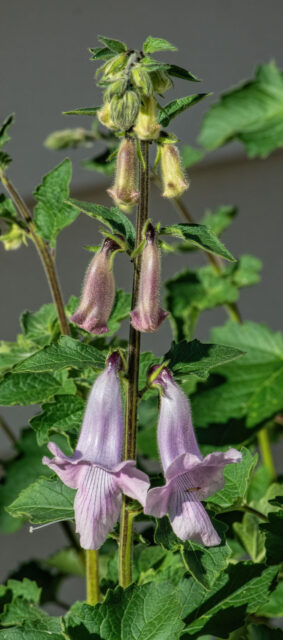
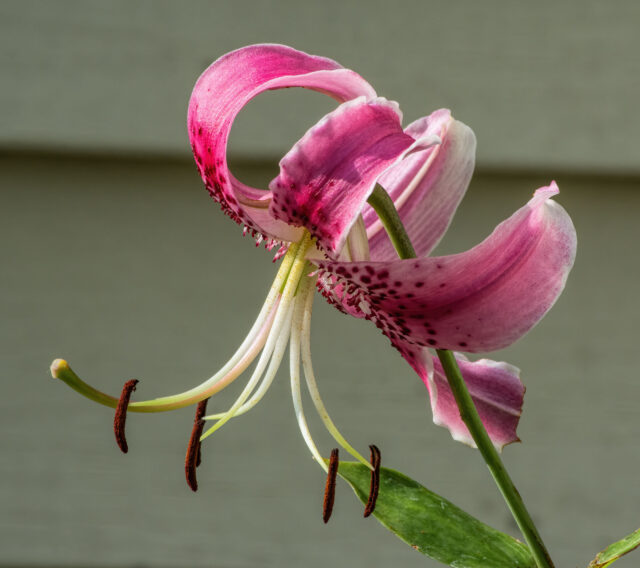
The first lily opened at the end of May. The last one is still blooming, over two and a half months later.
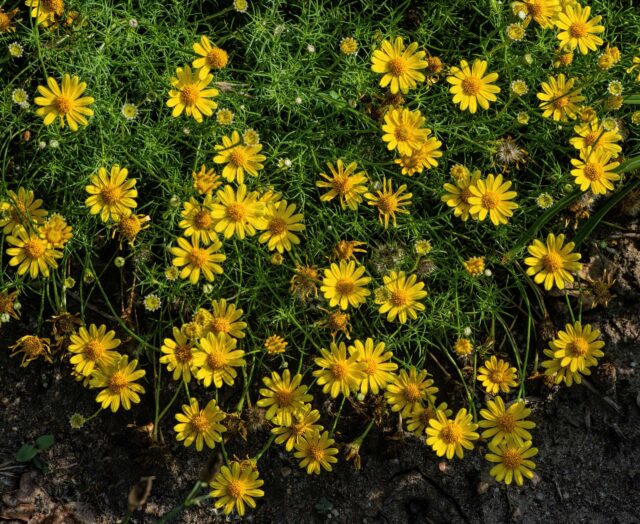
Dahlberg daisy deserves to be much more popular. A native of Texas and Mexico, it doesn’t mind hot weather in the least and blooms prolifically when most plants have faded out.


Notes
- Ceratotheca is not a true foxglove but is a member of a different family, the Pedaliaceae, some members of which are notorious for unpleasant seed dispersal techniques (I am quite content to appreciate Uncarina at a distance in somebody else’s succulent collection).
